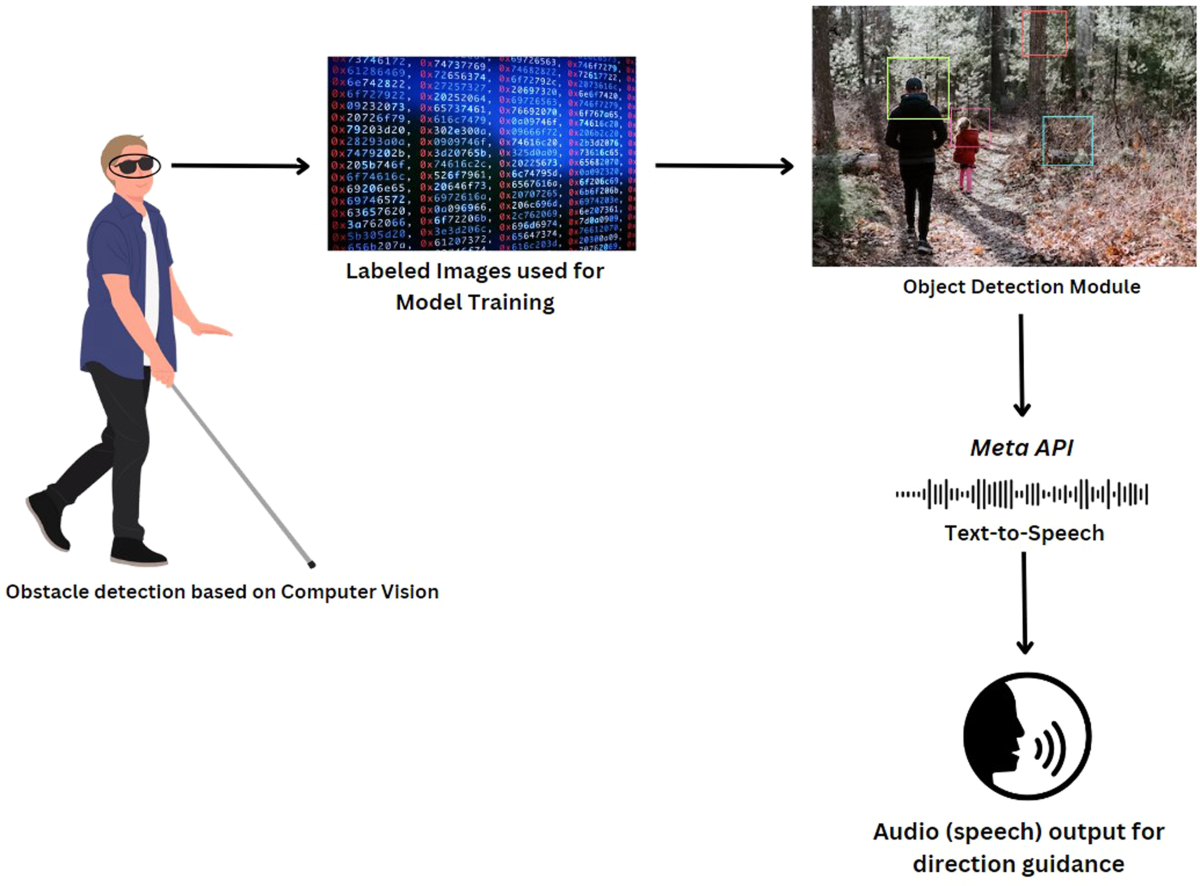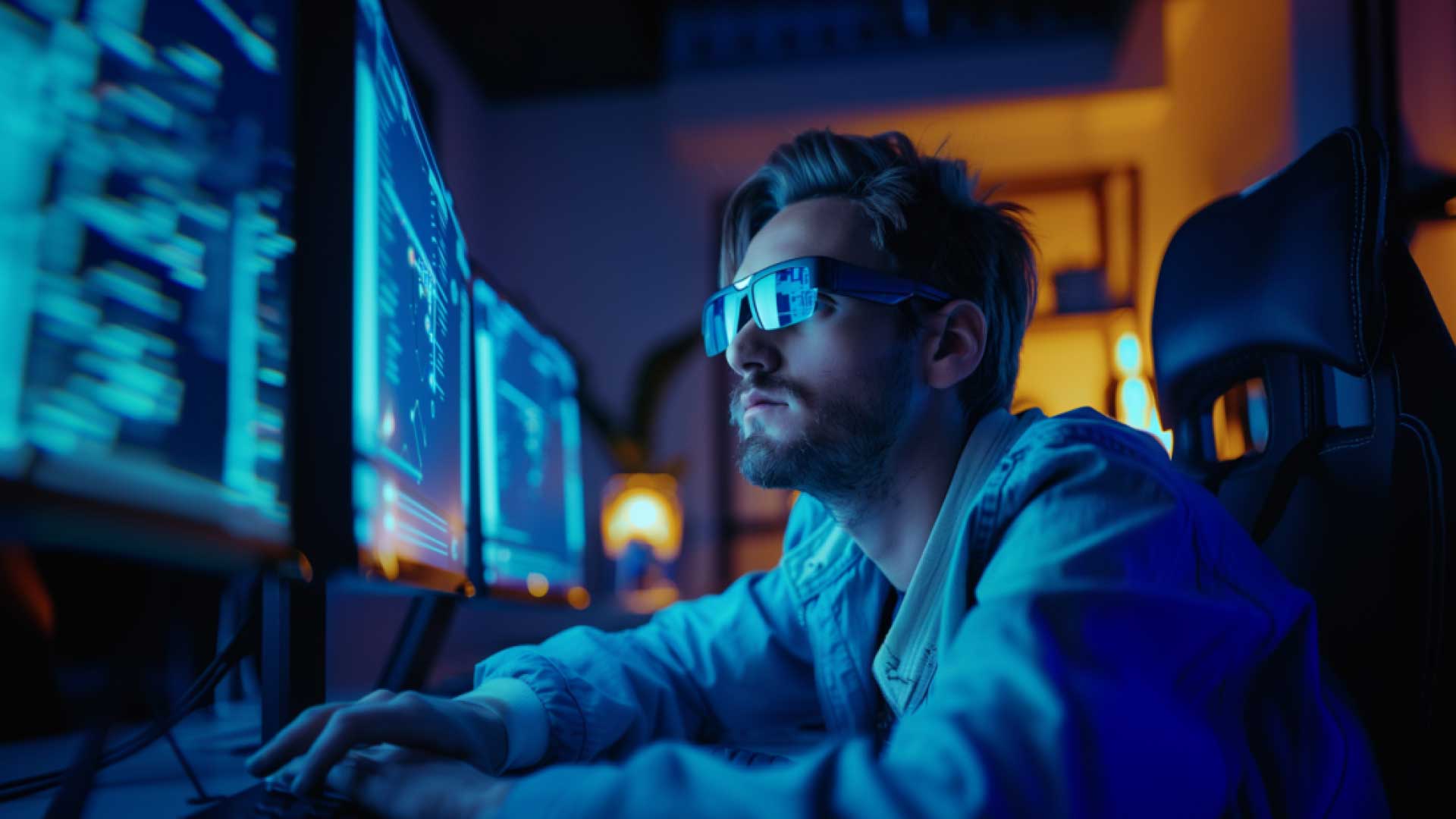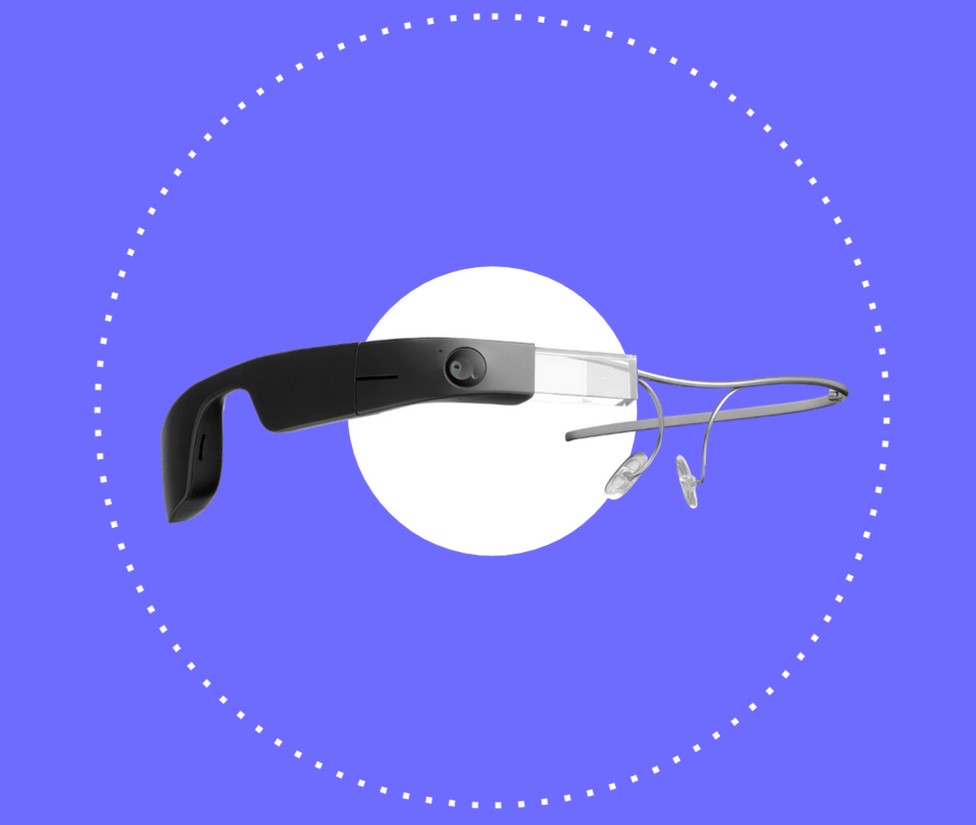Maximizing Efficiency with Screen Readers for the Blind: A Comprehensive Guide
Maximizing Efficiency with Screen Readers for the Blind: A Comprehensive Guide
Blog Article
Empowering Self-reliance With Assistive Technology for the Blind
The integration of assistive innovation for people who are blind or visually impaired stands for a considerable advancement in fostering self-reliance and enhancing quality of life. With a variety of gadgets-- from screen readers to ingenious responsive devices-- these modern technologies not just help with navigation and communication however additionally advertise social addition and participation in numerous elements of life.
Comprehending Assistive Innovation
Although assistive innovation has actually developed considerably throughout the years, its essential function stays the very same: to enhance the lifestyle for individuals with specials needs, specifically those that are aesthetically damaged or blind. This modern technology encompasses a wide series of tools and devices that assist in self-reliance and functionality in day-to-day tasks.
Assistive technology can be classified right into sophisticated and low-tech remedies, each designed to meet particular needs. State-of-the-art tools typically include software program applications, specialized equipment, and flexible tools that utilize sophisticated technology to supply assistance in different contexts. Conversely, low-tech remedies might involve daily items that are customized to enhance ease of access, such as magnifiers or tactile markers.
The integration of assistive innovation into the lives of individuals who are blind or aesthetically harmed not just promotes autonomy however also cultivates social addition and involvement in specialist and academic environments. By leveraging these innovations, customers can navigate their environments, access info, and communicate successfully, consequently enhancing their total lifestyle. Comprehending assistive technology is vital for experts, caretakers, and supporters that intend to sustain people in maximizing their potential and accomplishing better independence.
Sorts Of Assistive Tools
Assistive devices for the visually damaged and blind are important tools that enhance daily living by attending to particular difficulties run into by users. These gadgets can be generally classified right into three primary types: optical gadgets, digital tools, and sensory gadgets.

Sensory gadgets, such as Braille displays and tactile maps, offer different means to get details. Braille displays convert digital message right into Braille, making it possible for customers to check out touch. Tactile maps supply spatial understanding via elevated lines and appearances, permitting far better ecological recognition.
Together, these assistive tools encourage people with visual impairments to engage even more fully with their surroundings, promoting better independence and confidence in daily activities.

Effect on Every Day Life
The assimilation of assistive modern technology right into the day-to-days live of individuals who are blind or visually impaired significantly boosts their capability to navigate and interact with the world around them. Instruments such as display readers, Braille presents, and mobile applications facilitate accessibility to details, permitting customers to involve with digital content, interact effectively, and manage day-to-day tasks independently.
Additionally, modern technologies like clever glasses and navigating apps give real-time support in unfamiliar settings, boosting flexibility and confidence. These devices allow individuals to recognize obstacles, read signs, and also recognize faces, therefore promoting a sense of autonomy in public spaces. In addition, home automation systems, which can be managed with voice commands, allow individuals to handle their living environments a lot more effectively, boosting comfort and safety and security.
The impact of assistive technology extends past sensible tasks; it promotes social inclusion and psychological health. By linking the void in between individuals and their environments, these innovations empower individuals to participate totally in community activities, pursue educational chances, and take part in purposeful connections. Ultimately, the innovation of assistive modern technology contributes in redefining the opportunities for individuals that are aesthetically impaired or blind, bring about a more accessible and inclusive culture.
Success Stories and Testimonies

Another effective review comes from Mark, a recent university grad who made use of screen reading software throughout his scholastic trip. This technology allowed him to accessibility course materials and join discussions, eventually bring about his successful change right into the workforce. Mark credit histories assistive innovation for encouraging him to accomplish his occupation goals, highlighting its duty in leveling the playing field for individuals with aesthetic impairments.
Additionally, area facilities have reported boosted participation in their programs many thanks to the introduction of obtainable digital systems. These platforms have made it less complicated for individuals to link, share sources, and assistance each other. These success stories jointly highlight the extensive effect of assistive technology in promoting freedom, boosting top quality of life, and damaging down obstacles for the blind and aesthetically damaged community.
Future Fads in Assistive Technology
Emerging innovations are positioned to transform the landscape of assistive tech for people who are visually damaged or blind. Technologies in expert system (AI) and artificial intelligence are boosting the capabilities of tools, making it possible for more user-friendly individual experiences. As an example, AI-driven applications are significantly able to recognize items and check out message aloud in real-time, giving customers with valuable information regarding their environments.
Additionally, improvements in wearable innovation are developing new chances for self-reliance. Smart glasses this website furnished with enhanced view it fact features can overlay essential information onto the customer's visual field, facilitating navigating and interaction with the setting. Moreover, the integration of Internet of Things (IoT) tools is enhancing accessibility in wise homes, allowing individuals to control home appliances and get alerts through voice commands or tactile user interfaces.
The growth of braille displays and responsive feedback systems is also increasing, advertising accessibility to electronic content and boosting interaction. As these innovations continue to progress, they assure to boost everyday living, academic opportunities, and employment leads for people with visual problems. Continual collaboration between engineers, customers, and advocacy groups will certainly be vital in making sure these innovations satisfy the requirements of the area effectively.
Final Thought
To conclude, assistive modern technology plays a crucial function in enhancing the independence of individuals that are blind or visually damaged. By offering essential devices and sources, these technologies facilitate improved navigating, interaction, and gain access to to info, thereby fostering freedom and self-esteem. The transformative effect of assistive tools not only advertises effective communication with the environment but additionally urges social incorporation and participation in different elements of click for more life, inevitably empowering customers to thrive within their neighborhoods.
The assimilation of assistive technology for people that are visually damaged or blind represents a substantial development in cultivating freedom and boosting top quality of life.The integration of assistive innovation right into the lives of individuals who are blind or visually harmed not only promotes freedom but additionally promotes social inclusion and involvement in specialist and instructional settings. Eventually, the advancement of assistive technology is critical in redefining the opportunities for people who are blind or visually impaired, leading to a much more easily accessible and inclusive culture.
Numerous people that are blind or visually impaired have actually shared motivating success stories that highlight the transformative effect of assistive modern technology on their lives.In final thought, assistive technology plays a pivotal function in improving the independence of individuals who are aesthetically damaged or blind.
Report this page